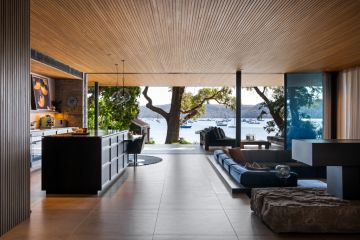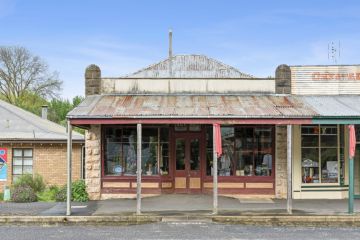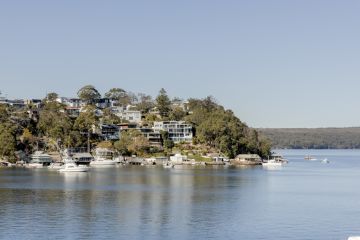Part 2: Is Canberra an age-friendly city for downsizers?

Part two of an interview with Anna Howe, who has had a long involvement in housing for older people. She feels that current ACT housing policy seems to imply that only apartments and family homes are needed and totally overlooks the diverse needs of those reaching late middle age and older age.
TT: So how can we increase the options for housing for these younger seniors?
AH: One of the goals of Canberra’s Age Friendly strategy is to facilitate access to appropriate housing for older people. To realise this goal, planning needs to be more pro-active and allow for more experimentation about what can be built instead of regulating what cannot be done.
Redevelopment of large Mr Fluffy blocks offers a rare opportunity for a controlled experiment, but is stymied by planning regulations. Mr Fluffy blocks over 700 square metres can be subdivided, but coverage is limited to 35 per cent of each block compared to 50 per cent on a whole block. The result – relatively less indoor space and more outdoor space – is exactly the opposite of what downsizers are looking for. If liveable/adaptable housing is built, the plot ratio increases to 50 per cent, but 60 per cent would make for a real incentive.
TT: What about the impact on neighbourhood character that is such a concern?
AH: Two single-storey dwellings could have much less impact on neighbourhood character than the bulk of a large, two-storey house. Setback requirements can maintain streetscapes and placate the NIMFYs – not in my front yard –and allow for smaller backyards in which residents can do what they want. Of the Mr Fluffy blocks that came on the market last September, half were battle-axe blocks on which single-level dual occupancies would be inconspicuous.
A real paradox here is that several small social housing projects for seniors exemplify the kind of housing that is highly sought after, but Canberrans who already own their home are not eligible for this housing and big developers are not providing it. Small in-fill projects designed by different architects and built by different builders would ensure diversity.
TT: You talk about an experiment with Mr Fluffy blocks. If it works, what are the wider implications?
AH: Allowing more subdivision to provide more housing suited to downsizers frees up the family homes they move out of. Pressure for more and more suburban expansion is reduced, and instead of polarisation of younger and older suburbs, all communities are more age-diverse.
TT: What are the chances of changes coming about?
AH: Not good. The NIMFYs certainly made their voices heard in the submissions on the draft variation to the Territory Plan that allowed unit titling on subdivided Mr Fluffy blocks. A hundred of 124 submissions objected. There was not a single submission from any of the seniors groups. The Institute of Architects argued for higher plot ratios, as I did in my submission. About a third of the Mr Fluffy blocks have been sold or are on the market, so this opportunity is disappearing fast. Our Chief Minister has said he doesn’t listen to anyone over 40, and we’ve yet to see if Caroline Le Couteur has a wider vision of the housing diversity that would make Canberra more age-friendly.
Tony Trobe is director of the local practice TT Architecture. Is there a planning or design issue in Canberra you’d like to discuss? Email tonytrobe@ttarchitecture.com.au
We recommend
States
Capital Cities
Capital Cities - Rentals
Popular Areas
Allhomes
More







